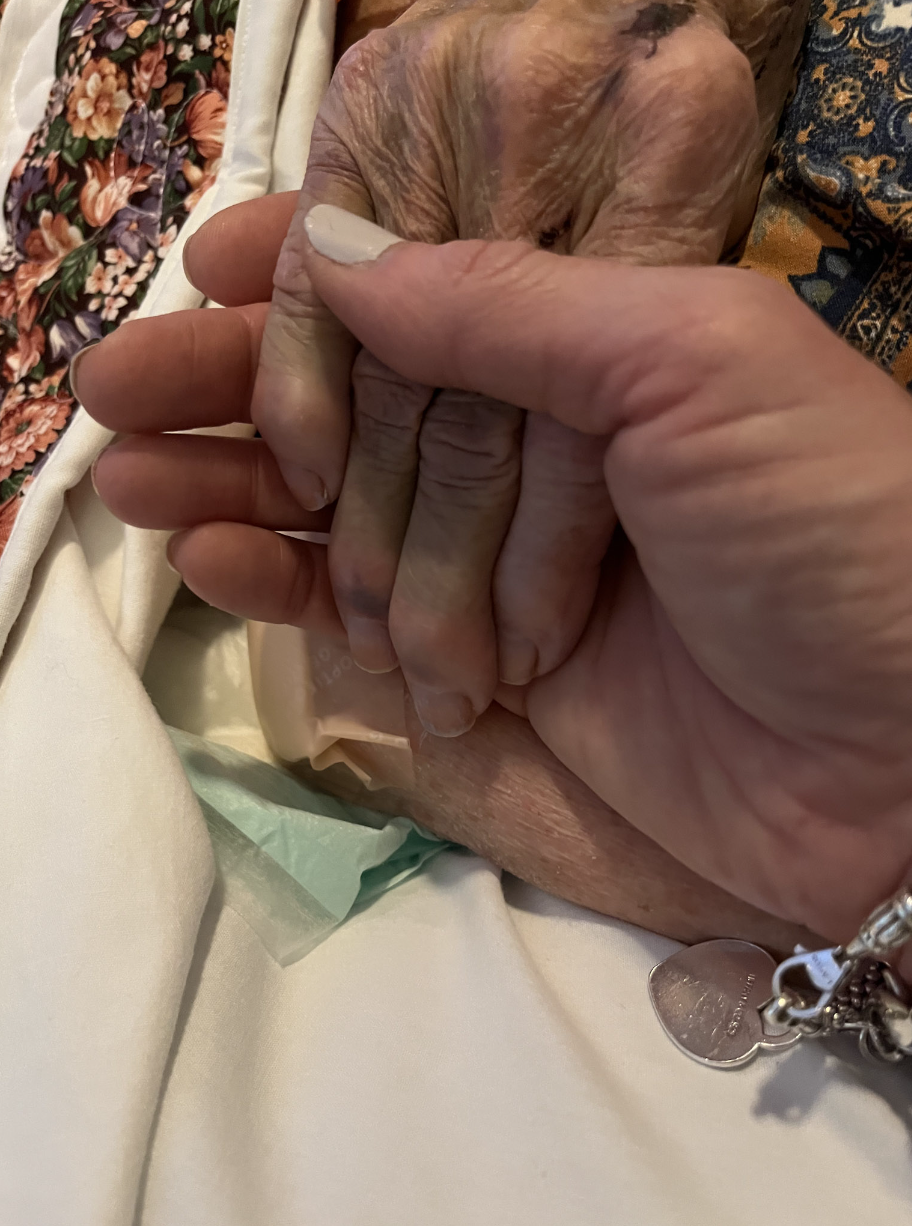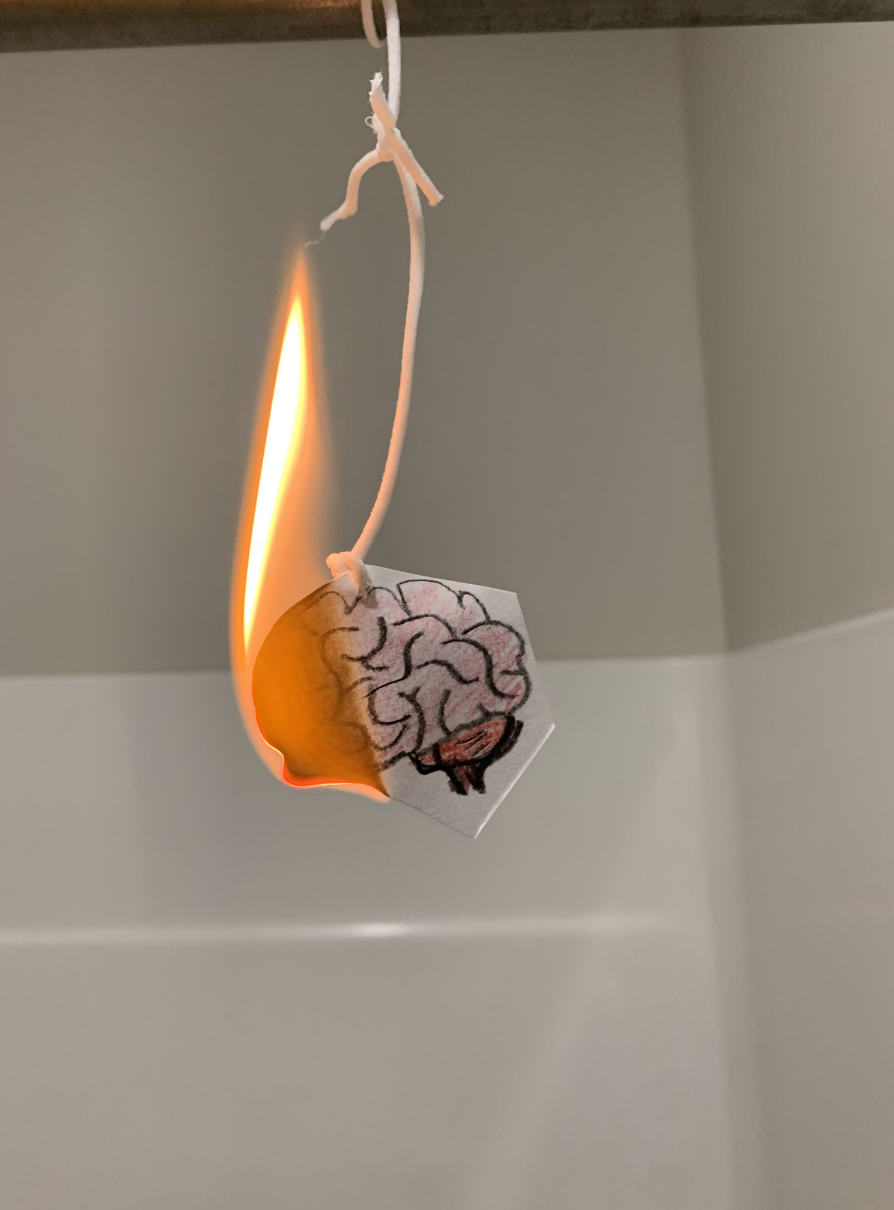Photovoice Representations of Dementia
Abstract
The relationship between a patient living with dementia and their caregiver, whether formal or informal, is one that is difficult to define due to the level of communication difficulty they face. These communication difficulties affect both the patients and caregivers in the form of frustration, guilt, depression and anxiety, adding to the complexity of the relationship. The researchers in the study at hand aim to explore the participant’s’ perspective and experiences of dementia and caregiving through photovoice visual representations. Photovoice refers to a research method involving active participation from participants in the form of photography, allowing the image to become the participants’ voice in communicating their experience. By using a photovoice approach as opposed to a traditional approach, the researchers are able to rely more heavily on participant explanation and understand the experiences of participants at a deeper level.
Methods
For this research, the researcher’s surveyed over 1000 University of Kentucky College of Communication and Information students through SONA. Participants were asked to take photographs that represent their perceptions and feelings about the experience of Alzheimer’s and related dementias and write a short caption for each image. Some students also took photos that represent their perceptions and feelings about the experience for someone living with dementia. These photos are of objects or scenes, with no recognizable faces or people.
Researchers received 1,600 images and began analyzing the raw data by removing any captions or images that did not meet the requirements stated above. Once those images and captions were removed, researchers began the data coding process.
To start the coding process, 91 captions were selected from the data, and the researchers were asked to analyze the captions based on different feelings present in each captions. Two of the researchers coded these captions independently and established a strong interrater reliability.
The emotions being analyzed include Sadness, Despair, Fear, Anger, Hope, Love/Joy, Denial and Anxiety. To ensure a consistent analysis of the emotions within the captions, subgroups were defined within each emotion.

"This image depicts how it feels to not have a clear memory specifically of past actions or events."

"This is the view from my window around midday, and the yellow cast across the room is specifically how I visualize Alzheimer's (yellowness)."

"This photo represents someone who is taking care of a patient with Alzheimer's. They can often see the light in their patient because they are experts but if you are not an expert it can seem dim to you. The caretaker sees the good in every situation, when an outside person might overlook the good."

"I would help grandpa cook to make sure he was safe."

"There is still beauty in not knowing the unknown."

"This is a photo of my mother and grandmother's hands, just days before my grandmother passed away. She suffered from dementia for six years, and it was a battle every single day. This image captures her frail hands and frail condition, encompassing the way dementia impacts not just the mind, but the body. As my grandmother slipped away, she began falling. She hurt herself and bruised more easily, and slowly, she deteriorated and could no longer fight. Her body was affected by dementia just as much as her mind, and is what lead to her death. She fell and suffered from brain bleeds, which ultimately killed her. Her mind was so affected that she could not function on her own, and the impact that this had on my family was immense. We saw the impact on not just her, but those who cared for her, including my grandpa. This disease affects the way that people function. They cannot complete simple tasks, and slowly lose their physical capabilities, just as much as their mental ones. This makes it harder on those who love the patient because they not only know, but see the impact that it has on their loved one. Despite knowing that my grandmother was slipping away, I had to watch it happen due to the physical impact that dementia has."

"This picture is how I feel people with dementia trying to remember a face or person of significance to them. However their face is blacked out and the memory is fuzzy/grainy. It's as though they are desperately trying to remember the past."

"I chose this picture of a health care taker with their hands tied to express how people who take care of patients with dementia can feel hopeless because there is no cure and you are slowly watching a person disappear infront of your eyes."

"I chose to take a picture of a watch and pills spilled in-front of it to illustrate how patients with dementia have limited amount of time in their life so they need to make it count."

"I call this one the "Burning mind". This represents my grandfathers battle with his decaying mind. It's as though his memories are being burned away. So that's what I felt I needed to represent in this photo."

"This image represents the brain of someone who is diagnosed with dementia. The egg is cracked and missing parts of its shell. When someone has their dementia, their brain is damaged just like the egg in the photograph."

"This image represents the inability for some people who have dementia to be able to recognize themselves or knowing who they are. In the photo, the hand is about to touch the mirror because the person who the hand belongs to doesn't know who they're looking at."

"The spiral staircase represents how caring for someone with Alzheimer's or a related dementia can feel like and endless spiral. Having to explain the same things repeatedly because a person has a condition affecting their memory can be tiring and feel like a repeating cycle."
Conclusion
While this research is still being analyzed, the researchers found that the most frequent emotion associated with Alzheimer’s and other dementias was sadness, with 54.0% of the coded captions presenting sad emotions. Other emotions present include Love/Joy (29.8%), Anxiety (28.5%), Hope (20.8%), Despair (12.0%), Anger (0.08%), and Denial (0.03%).
-
